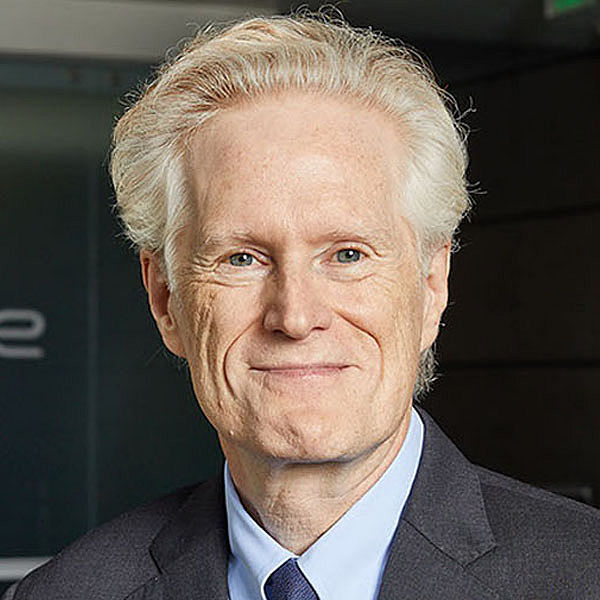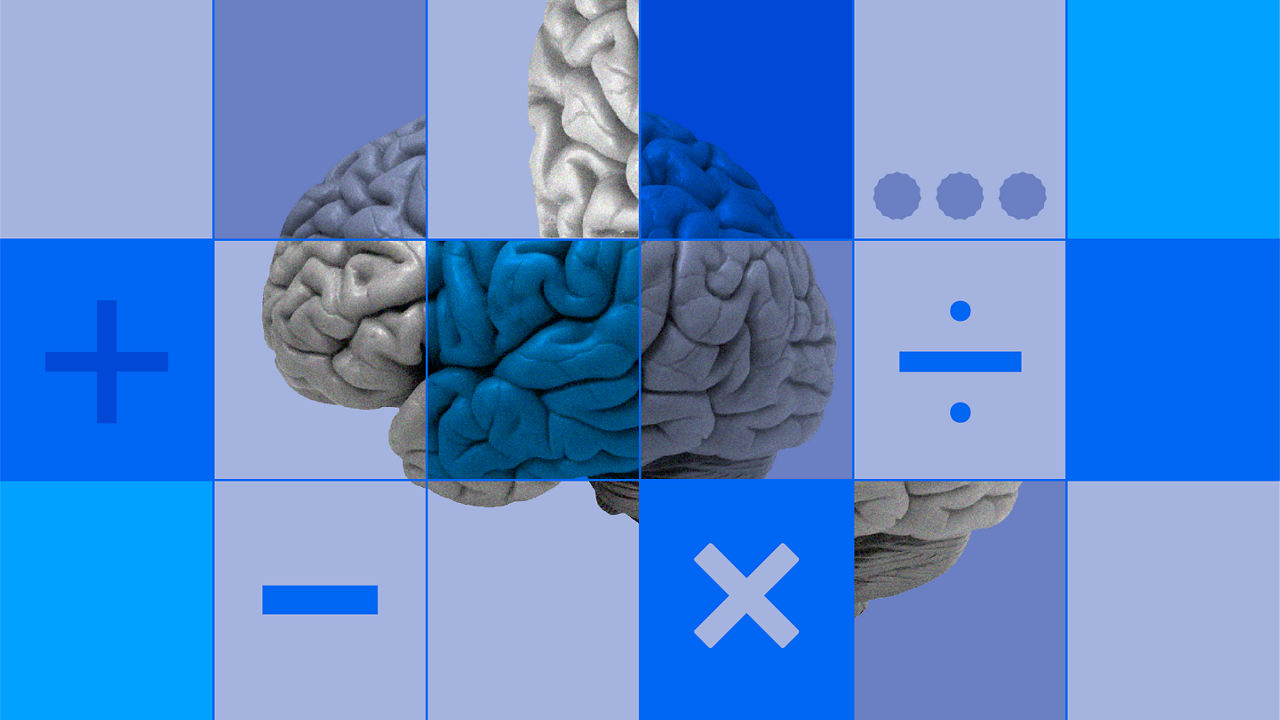More than a stiff neck: The impact of living with cervical dystonia
A proper diagnosis is crucial. AbbVie is determined to reimagine the future of cervical dystonia education.
Crystal’s journey
Crystal was moving a flowerpot in her garden when she noticed something was wrong for the first time, a strong discomfort and pulling in her neck, like a sharp cramp. In the days that followed, the discomfort turned to severe pain and persisted despite her efforts to stop it.
For the next month, Crystal saw many different doctors in search of a diagnosis. “It was a very stressful time! I was not used to having these types of head and neck symptoms and was not sure what was going on,” Crystal explained. “That summer, I had a lot of professional commitments ...the last thing I wanted was for my colleagues to see that I was struggling with pain, especially when I didn’t even know what was causing it.”
As Crystal juggled her professional and personal life during the search for a diagnosis, she became more conscious of her condition and how it was affecting her life. “I tried to avoid my extended family. I became very isolated and didn’t want to see anybody, or anyone to see me” she recounted.
What Crystal didn’t know at the time was that she was suffering from a condition called cervical dystonia. After months of suffering in pain, many appointments, and incorrect diagnoses, she saw a movement disorder specialist who provided an accurate diagnosis.
“I had a huge sense of relief. I had a name for these symptoms. Someone understood what I was going through. They knew the struggles that it took for me to get there. They were willing to help me too. I left feeling relieved and smiling probably more than I had smiled in the last few months,” said Crystal.
“Cervical dystonia is a condition that’s marked by abnormal muscle contractions in the neck,” explained Mariana Nelson, director, medical affairs, neuroscience, AbbVie. “The involuntary contractions can leave patients’ necks and heads in unusual and involuntary positions, causing significant pain and impact on life.”
Unfortunately, Crystal’s experience is similar to that of many people who have suffered with cervical dystonia, waiting years before being diagnosed and treated. The average time to diagnosis is three to five years due to in part to:
- Symptoms being subtle and differing greatly from person to person in the beginning stages,1
- Symptoms resembling other physical ailments, such as a stiff neck, and 2,3
- The lack of laboratory testing that can confirm a diagnosis of cervical dystonia. 4
Aside from the debilitating symptoms of the condition, such as muscle pain and stiffness, and head tremors, patients are embarrassed and uncomfortable in their day-to-day lives. Dealing with mental, emotional, and physical impacts from cervical dystonia strongly interferes with the quality of life of those living with the condition.
Patients often suffer in silence, trying to navigate life ‘unnoticed’ and free of judgment, resulting in deep psychosocial effects of isolation, depression, and loss of ability to work. Patients may begin to feel self-conscious, isolated, and depressed. 32.3% of dystonia patients report suicidal behavior, according to a study by the National Institute of Health.4
“AbbVie has been a leader in cervical dystonia for more than twenty years and there is still so much more to learn about the condition,” said Mitchell Brin, M.D., senior vice president, R&D and chief scientific officer, neurotoxins, AbbVie. “There is a great unmet need, driving our researchers to further understand more about the condition and improve patient outcomes.”
“There is more work to be done to dig deeper and to find answers. It’s a debilitating disorder, and just because it’s not highly prevalent doesn’t mean that these patients don’t need someone to be a champion for them,” Nelson explained. “Getting appropriate care requires education for both patients and providers.”
Now a vocal member of the cervical dystonia community, Crystal encourages others with the same condition to realize they are not alone. To help adjust to life with a movement disorder, Crystal joined a support group and worked on adjusting her outlook on life.
“I am not alone, and I didn’t need to go into isolation,” Crystal shared. “I have this condition, and it’s absolutely nothing to be ashamed of. I learned to be present and patient. It’s okay to go through different emotions.”
“When I was first diagnosed, I was nervous about what it would mean for my future. My doctor looked at me and said, “You have a movement disorder and may have to change a few things, but you don’t have to let it define you,” she continued. “I’m hoping this advice will help others in their journey.”
To learn more about dystonia, visit the Dystonia Medical Research Foundation here.
References:
- Defazio G, et al. Neurol Sci. 2019;40:89-95
- Bertram KL, et al. J Clin Neurosci. 2016;25:62-64; Velickovic M, et al. Drugs. 2001;61:1921-1943.
- Albanese A, et al. Eur J Neurol. 2019;26:5-17.
- Albanese A, et al. Eur J Neurol. 2019;26:5-17.
- Neurology. 2021 Mar 16; 96(11): e1551–e1560.
Media inquiries:
Email: [email protected]


